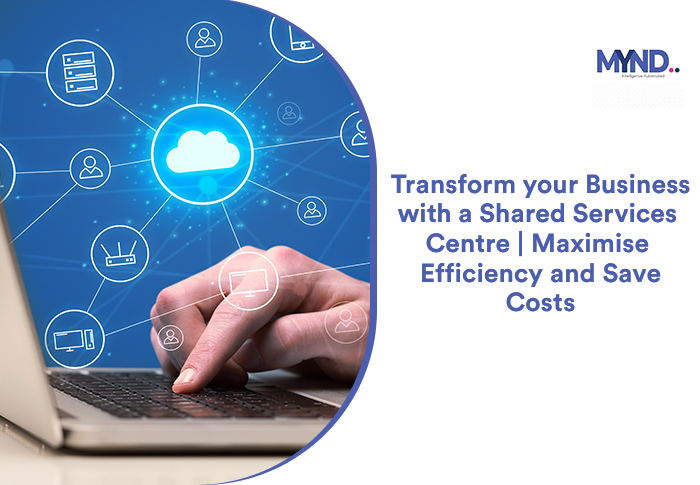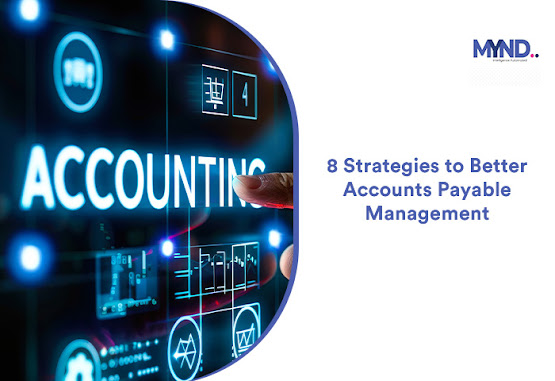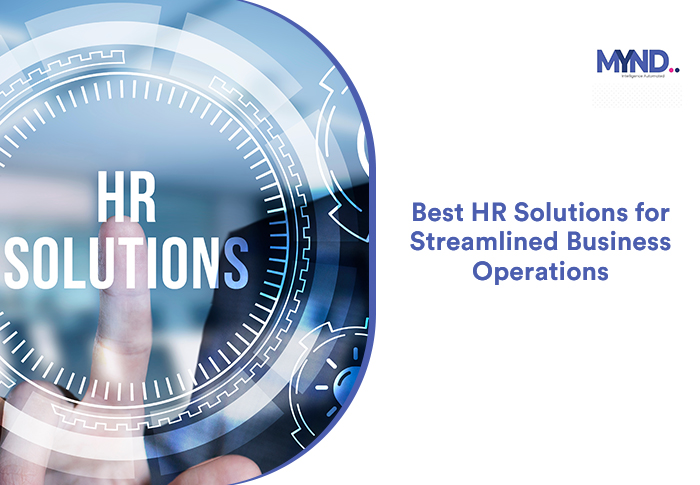Streamline Fixed Asset Management With Top Software Solutions
 |
| Streamline Fixed Asset Management With Top Software Solutions |
Fixed assets are long-term tangible
assets that a company uses in its operations to generate income. Typically,
these assets have a useful life exceeding one year and are difficult to convert
into cash. Examples of fixed assets include:
Buildings
Machinery
Vehicles
Furniture
Land
Fixed asset management is difficult and
time-consuming, particularly for companies with many assets. This is where fixed asset
management software comes in. These software solutions offer a range of
features designed to streamline the management process, saving businesses time,
money, and headaches. Here’s how:
The Challenges Of Manual Fixed Asset Management
Before fixed asset register software, fixed asset management relied on
manual processes such as spreadsheets and paper records. These processes
usually lead to:
Inaccuracy: It is a fact that manual data entry is prone to errors. This can
have a significant impact on financial reporting.
Full Of Hassle: Tracking
assets manually is time-consuming and labour-intensive. These will divert
resources away from core business activities.
Lack Of Visibility: It is difficult to get a real-time view of the asset portfolio with manual systems. Obviously, this will make it hard to optimise asset utilisation.
Compliance Issues:
Maintaining accurate depreciation schedules and ensuring regulatory compliance
can be challenging with manual systems.
Benefits Of Fixed Asset Management Software
The software
for fixed asset management
comes with various benefits, such as:
Improved
Accuracy: By automating data entry and
calculations, software reduces errors. This will ensure the accuracy of the
fixed asset records of businesses.
Increased Efficiency:
Streamlined workflows and automated tasks free up valuable staff time for other
strategic initiatives for businesses.
Enhanced Visibility:
Software provides a centralised platform for managing all the asset data. This
gives owners a complete picture of their fixed asset portfolio.
Optimised Asset Utilisation: By tracking asset usage and location, business owners can identify
underutilised assets and optimise their usage.
Simplified Depreciation Management: Software automates depreciation calculations, thus ensuring
compliance with accounting standards.
Reduced Costs: Improved
efficiency and accurate depreciation calculations will obviously lead to
significant cost savings.
Enhanced Compliance: Software can help businesses stay compliant with relevant regulations and reporting requirements.
Help In A Fixed Asset Audit: A fixed asset audit is a
process of cross-checking items to make sure they are still within the
business’s possession and evaluating all of the items’ monetary value. Software
makes this process smoother, providing relief to both employers and employees.
Choosing The Right Fixed Asset Management Software
With a variety of fixed asset management software
providers on the market, selecting the right one for the business is crucial.
Here are some factors to consider:
1. Understanding Needs
Owners of fixed assets should spend some time
analysing the difficulties and procedures associated with their present fixed
asset management system. For this purpose, they should themselves ask questions
such as:
How many assets do they manage?
What is their
sector (e.g., machinery, vehicles, furniture, etc.)?
Do their assets
reside in one place, or are they dispersed among several offices, factories, or
areas?
Who deals with
assets (finance, IT, maintenance, and procurement)? What particular problems
are they facing?
What
information and understandings are required to make operational and financial
decisions?
2. Tracking Of Assets
Make sure that the software for tracking has
features like:
Location Tracking
Asset Lifecycle Management
Check-In/Check-Out Capabilities
Unique Asset Identification
3. Good At Maintenance Management
When it comes to maintenance management, look for
features like:
Work orders
Preventative maintenance tracking
Scheduled maintenance
Connectivity with maintenance providers.
4. Calculation Of Depreciation
Verify that the software can handle tax and
accounting rules and supports a variety of depreciation techniques, such as
straight-line and falling balance.
5. Efficient In Lifecycle Management
For a more seamless asset management flow, the
software should manage the complete asset journey, from acquisition to
disposal.
6.
Document Manager
It is important to make sure that the software is able to keep track of all
the documents that are pertinent to the assets. This will help clients refer to
them when needed.
7. Analytics And Reporting
Create personalised reports on the use of assets,
their valuation, the cost of depreciation, their maintenance history, and
compliance.
8. Scalability
The software needs to expand along with the
company. Take into account its capacity to support future growth and handle a
rise in the number of assets.
9. Easy To Use
Even the greatest software is useless if it is not
easy to use. Consider these features before choosing software.
Mynd Integrated Solutions Pvt. Ltd. is
engaged in offering the best fixed
asset software. Companies that want to cut expenses, save time, and
maintain regulatory compliance must simplify fixed asset management. Top
software solutions, such as those provided by Mynd Integrated Solutions Pvt.
Ltd., enable businesses to enhance their asset management procedures as well as
their efficiency and accuracy.
It handles everything from initial set-up and asset tagging to ongoing lifecycle management and ensuring accurate capitalization. By implementing automation, it guarantees that the client is able to verify assets and keep track of, oversee, and adhere to the organisation's fixed assets throughout affiliated companies or separate branches.



Comments
Post a Comment